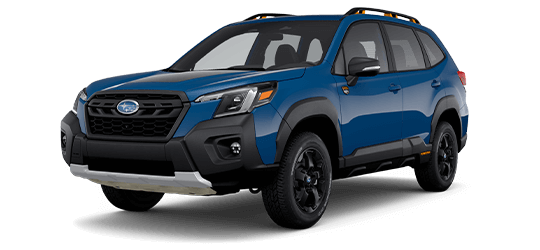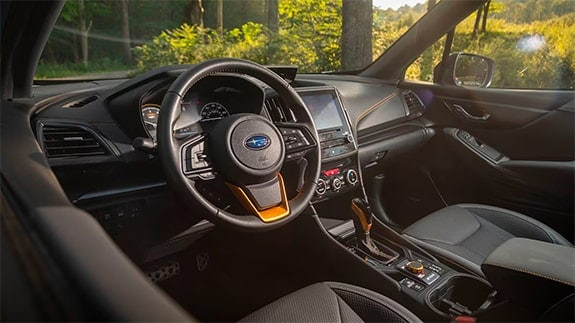3. Extend your lease month to month until you are ready to get your next car.
Some people panic as the end of their lease approaches because they don't have a new car lined up. They're worried about making a bad vehicle choice as the clock is ticking.
It doesn't have to be this way. Most leasing companies are happy to extend an expiring lease, which can give you some breathing room and time to make the right vehicle choice.
Some lenders will allow for a simple month-to-month extension. Other companies may want you to sign up for extensions for predetermined periods of time, such as three or six months. Most lenders will cap your extension at 12 months. Your monthly payments will stay the same, and your allotted miles per month won't change.
A lease extension is pretty easy to arrange. Usually, a single phone call to your lender is all it takes to extend your term. And if you don't need that much time, ask for a 10-day extension. Most lenders will be happy to oblige.
4. Exit a lease early with no penalties.
Did you know that if you're leasing a car and want an early termination, you might be able to let somebody else take over the lease? It's true. There are websites that will help you with these takeovers, which can save you early termination fees or penalties.
It is possible to transfer about 80% of leases with no strings attached. For a fee, websites such as Swapalease and rival LeaseTrader will post your vehicle listing, connecting you with potential buyers. Agents from these companies will then walk you and the new lessee through the paperwork needed to transfer the lease over.
Note that even after you transfer the lease, a few leasing companies require you as the original leaseholder to retain some "post-transfer liability" for the vehicle. Your name would remain on the lease agreement, possibly leaving you financially responsible for unpaid balances, such as excess mileage charges or lease-end fees if the person taking over the lease exceeds the allocated mileage or beats up the vehicle.
If you want more information about transferring a lease, read "How to Get Out of Your Lease the Cheap and Easy Way."
5. Customize the mileage to suit your needs.
You might have heard that leasing isn't good for people who drive a lot of miles. The truth is that leasing can be fantastic for people who pile on the miles. It all depends on how the lease is set up.
Depending on the vehicle brand, it may be possible to get a high-mileage lease, which permits as many as 33,000 miles per year rather than the standard 12,000.
It isn't difficult to get one. Simply request more miles when you initiate your lease. These extra miles won't come free, and they will increase your payment. But this uptick in monthly payment may be worth it if you aren't sure you want to be committed to the car long term. Another advantage for you as a high-mileage driver is that payments might be lower than if you made a standard purchase, even with the charge for extra miles factored in.
Keep in mind that if you don't wind up driving all the miles you bought, you won't be reimbursed for them.
Bonus strategies:
1. Consider starting your lease with no money out of pocket, especially if your lease has a very low money factor. Unlike a purchase with a traditional interest rate, making a down payment on a lease isn't always the best idea.
2. If you think you might want to buy the car or trade out of your lease early, see if you can bypass the standard acquisition charge by paying a slightly higher money factor. This approach might save you a few hundred bucks if you terminate your lease contract early.
Now that you're ready to start shopping for a lease, take a look at our new car inventory pages to find a vehicle near you and get you in touch with a dealership.



 by
by 
